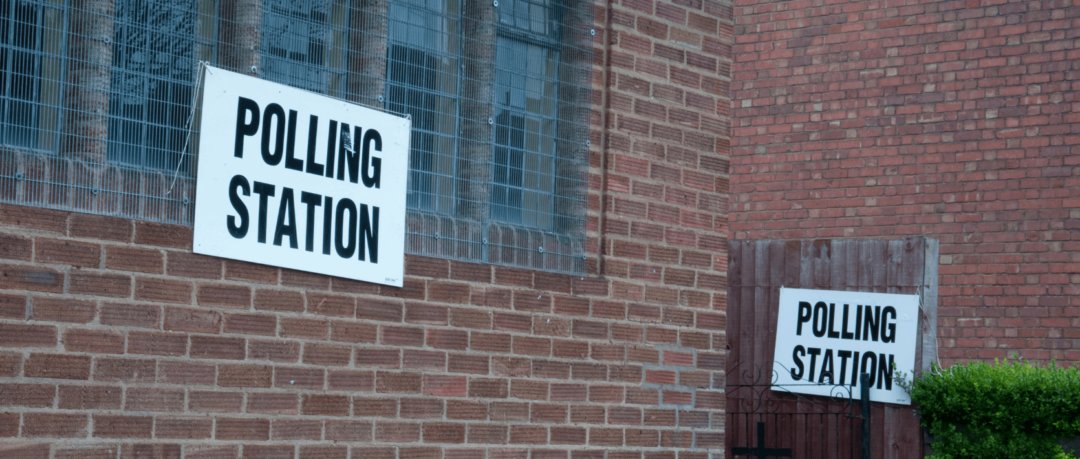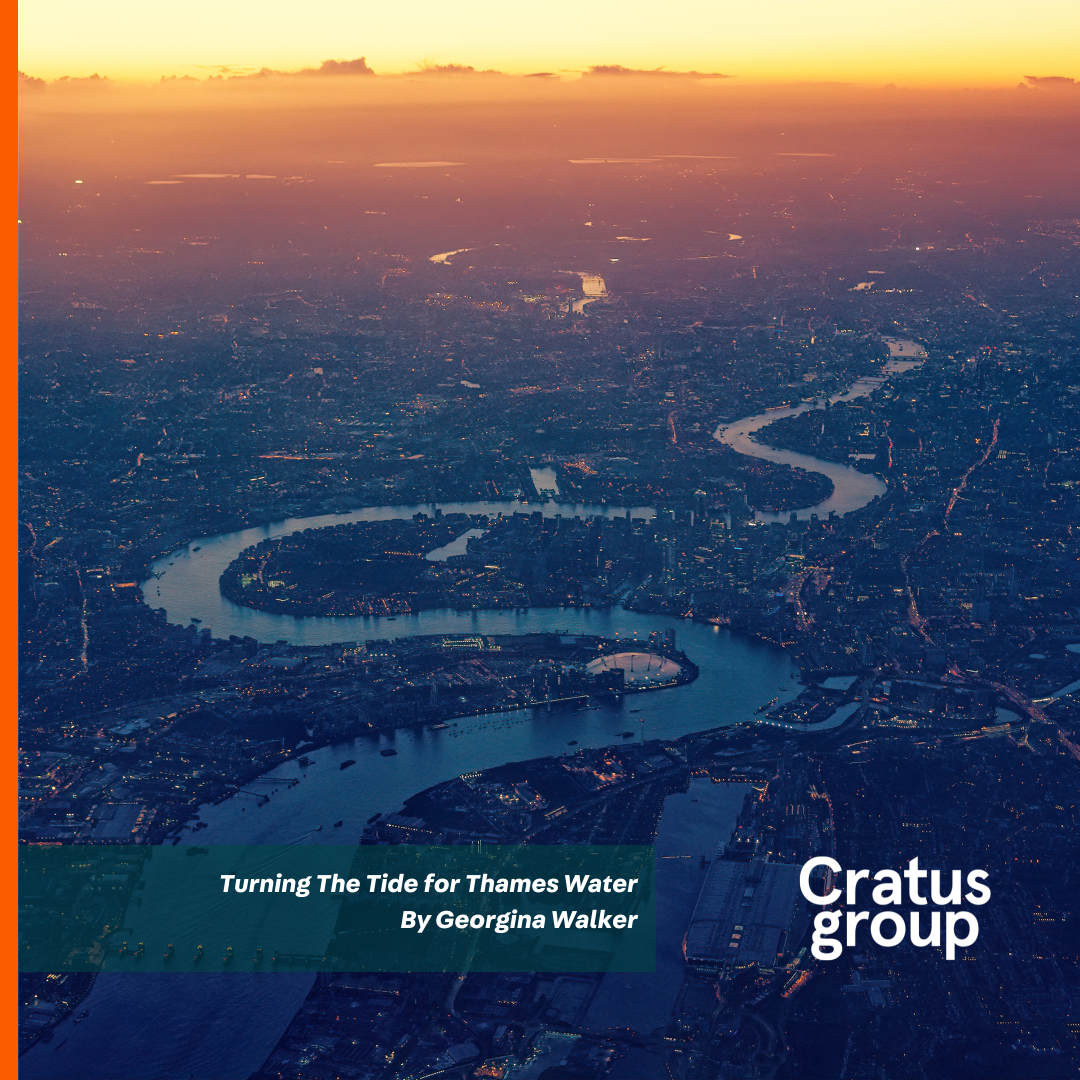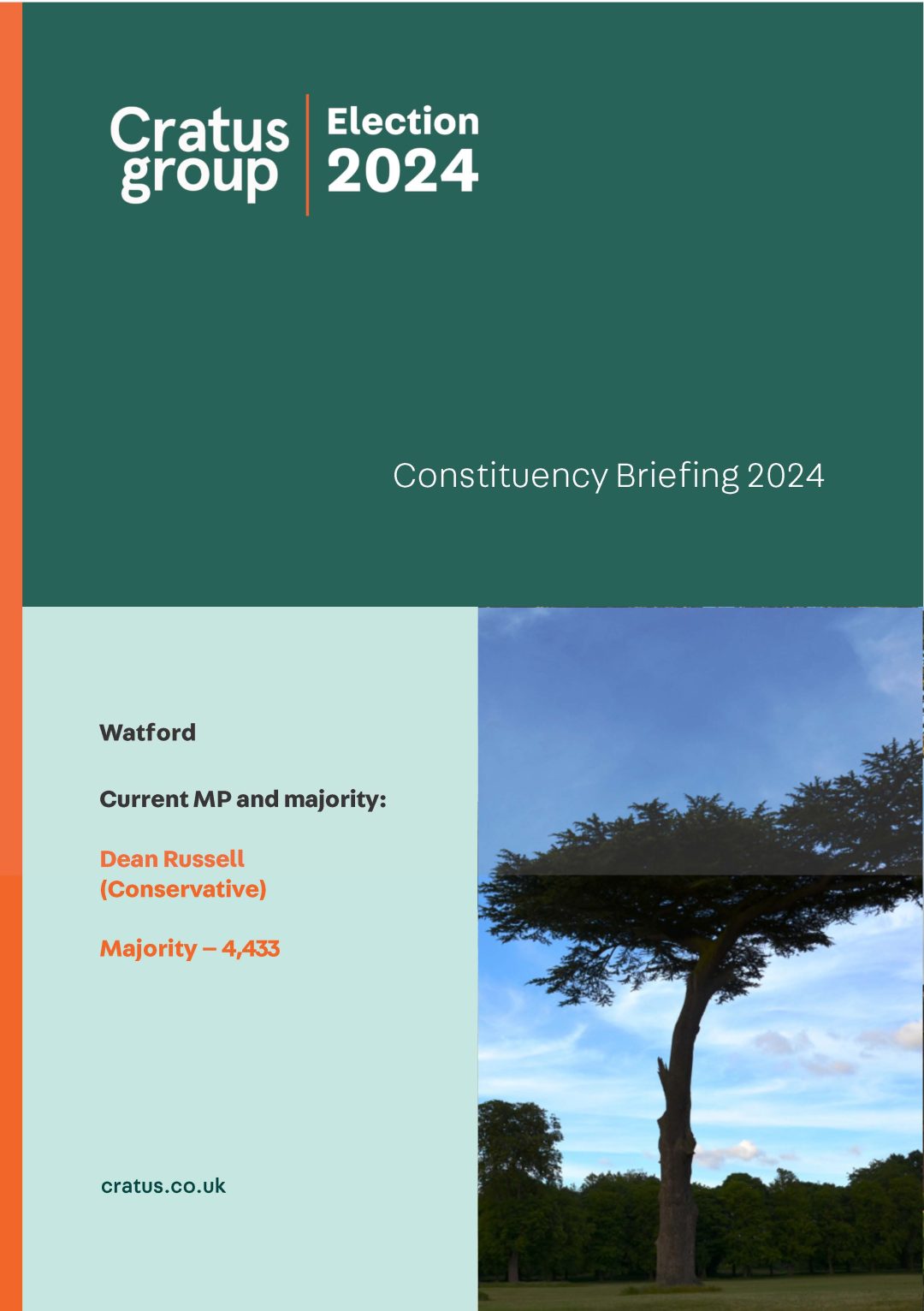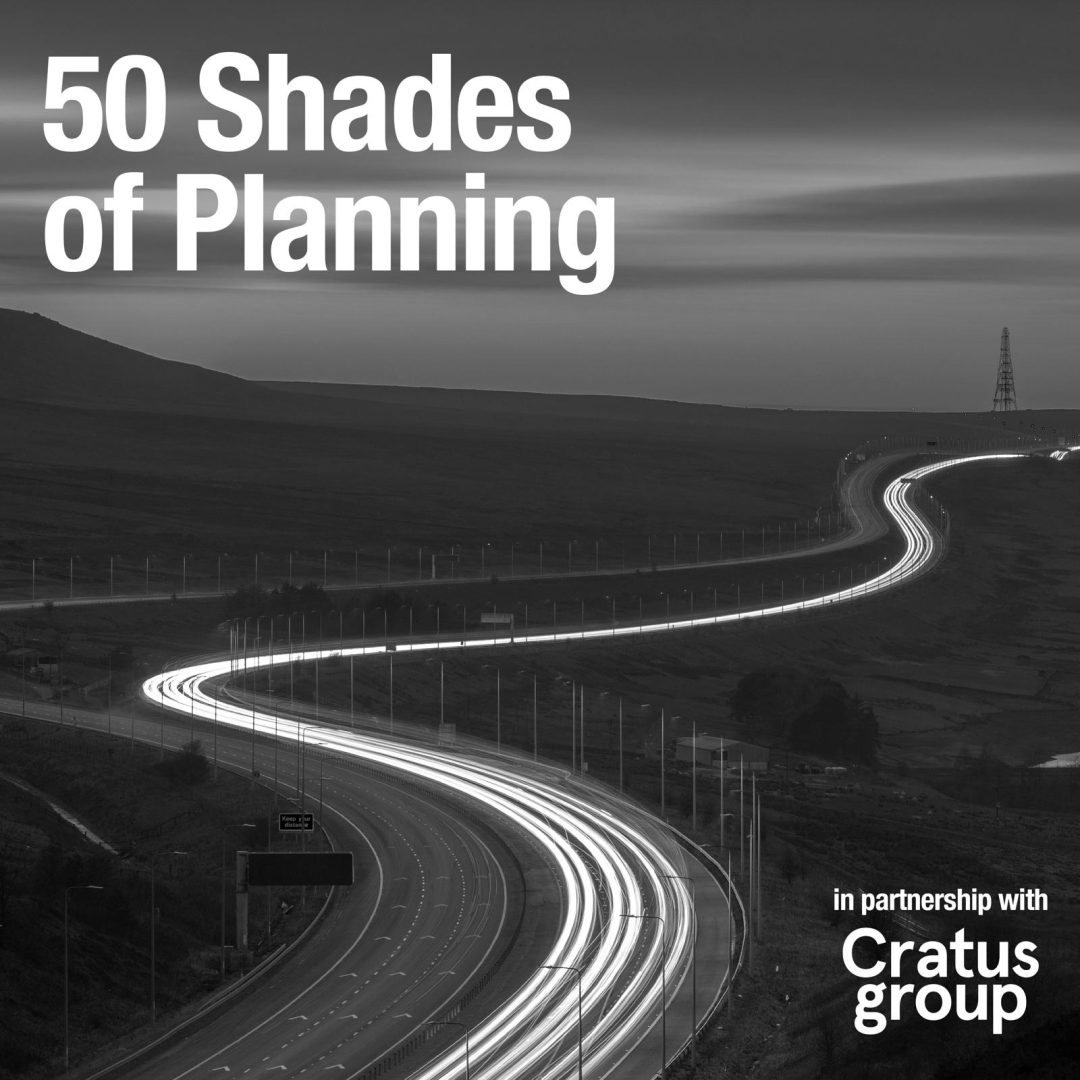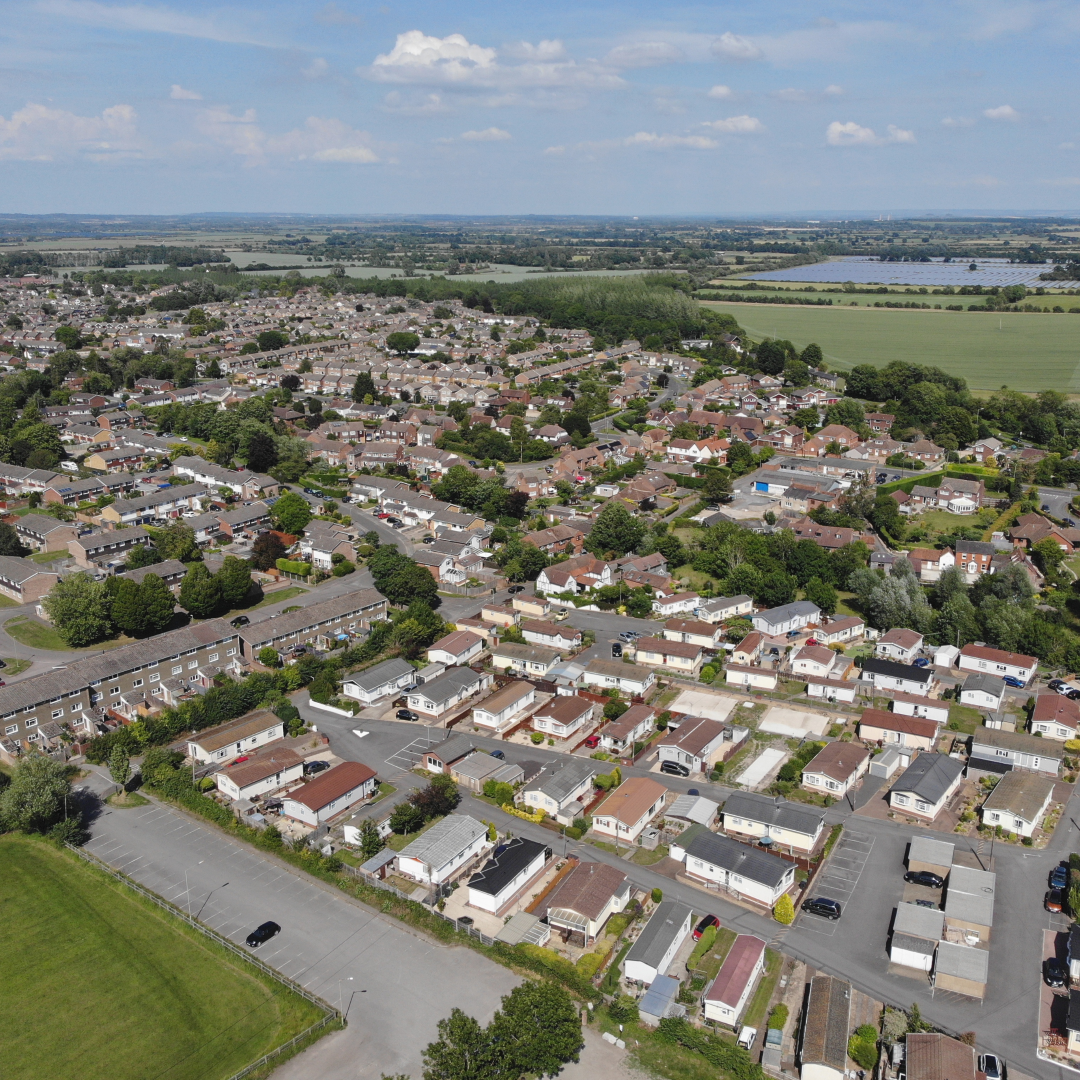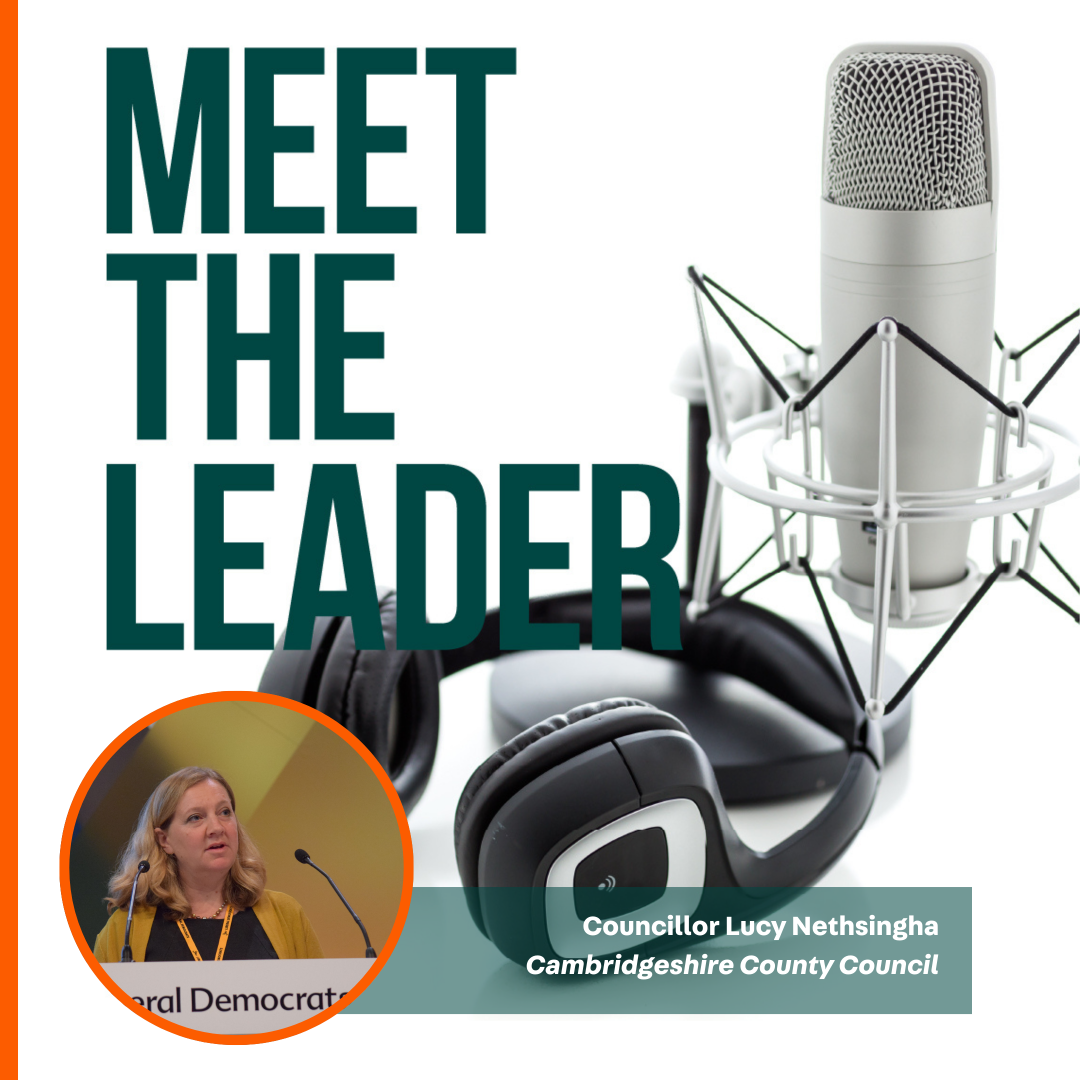London Elections: Croydon & LBBD
Croydon – It’s the Council Budget, stupid
Croydon has been in political turmoil since being forced to issue a Section 114 notice in 2020 (effectively declaring bankruptcy), being the first council to do so since Northampton in 2018. This followed a period of poor financial decisions, by the Labour administration coupled with significant cuts to funding from the Conservative central government. This led to the resignation of the council leader, Tony Newman and cabinet finance lead Simon Hall. Former Civil Servant, Councillor Hamida Ali, took over as leader in October 2020, promising to sort out the Council’s finances.
There was a 21% turnout, with the electorate voting in favour of changing the model to a directly elected mayor. This was largely seen as a vote for change, and significantly every ward in the borough voted in favour of the mayoral model including the Labour strongholds.
Council Leader Hamida Ali did not seek selection as Labour’s candidate, and after an internal contest, Val Shawcross former Deputy Mayor of London and former leader of Croydon was selected as the Labour candidate. The Conservatives selected Jason Perry the Conservative group leader, and Croydon councillor for over 30 years as their Mayoral candidate.
The contest in May will be a significant test for Labour, as it will be the first contest since the council’s financial failings under Labour’s watch. Many of the details of these issues are continuing to emerge, only this week a report in the public interest into the scandal around the expenditure on the Fairfield’s Hall project was published.
There will be a contest between the two main parties, with no other parties currently holding any council seats. Labour currently hold 41 seats and the Conservatives currently hold 29 seats. However crucially for the Mayoral contest Labour only won 44.5% of the popular vote to the Conservatives 40.1%, meaning that the Conservatives would only need to have a 2.2% swing directly from Labour to get Jason Perry elected and therefore control the executive function of the council. Given the issues Labour have faced in recent years in the borough this is not beyond the realms of possibility.
Barking and Dagenham – 51/51 for Labour again?
The main opposition to the Labour Party in Barking and Dagenham has changed over the years and has included the British National Party (BNP), UKIP and the Conservatives. Political parties have often not run a full slate of candidates at election time until the last local election when in 2018 the Conservatives contested all 51 seats and increased their vote share by 13 percentage points to 23.6%.
The slimmest margin of victory for Labour occurred in the Eastbrook ward where Labour’s Tony Ramsay won 18.65% of the vote while Sue Connelly of the Conservatives won 12.58%. However, the vast majority of Conservative candidates’ vote share remained in the single digits whereas most Labour candidates enjoyed vote shares in the mid-to-high twenties.
Labour support in Barking and Dagenham is also strong in equivalent constituencies represented in the UK Parliament and London Assembly. Barking and Dagenham sits within the City and East constituency in the London Assembly which has been represented by a member of the Labour Party since its creation in 2000, most recently by Unmesh Desai. Labour candidates have also consistently received the highest share of the popular vote in City and East in London mayoral elections, with Sadiq Khan winning 48% in comparison to Shaun Bailey’s 28% in 2021.
At a parliamentary level, Barking and Dagenham is split across the constituencies of Barking, and Dagenham and Rainham, which have been represented by a member of the Labour Party since their creation, most recently by Margaret Hodge and John Cruddas.
The 2022 Election is set to take place under new election boundaries. Although the number of councillors remains the same at 51, the number of wards has increased by two to 19. This leaves 51 councillors representing 13 three-councillor wards and six two-councillor wards across the borough. In addition, the boundaries of all but one ward (Longbridge) have changed to ensure that each councillor is representing an average of 3,418 electors.
Cratus understands that the Conservatives will target Eastbrook ward as their top target so it will be interesting to see how the campaign progresses there. However, even if there was an upset there for Labour, the depth and breadth of Labour support across Barking and Dagenham means that it is highly likely to remain Labour-controlled in May.
